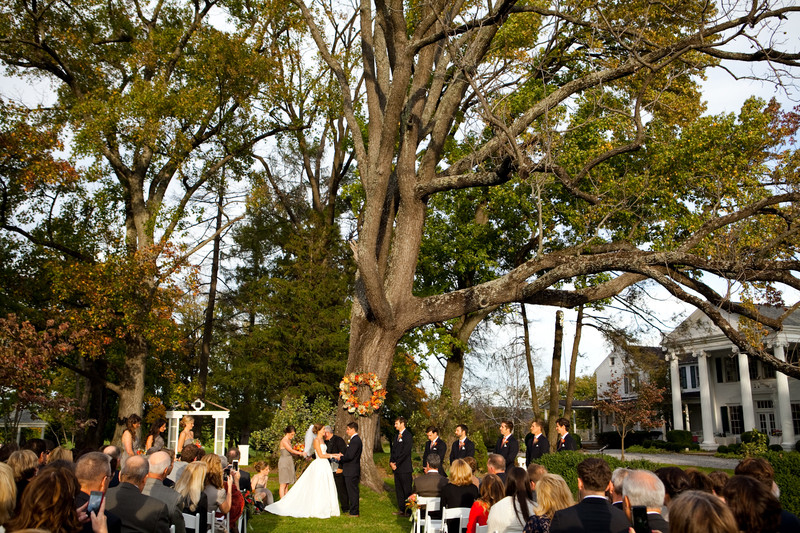5 Ways You’re Losing the Sale
By
Getting a sales inquiry is a huge buying signal. By the time you get an email—or contact form, LiveChat, text or phone call—your potential couples have already done most of their filtering. They’ve put you on their short list. They’ve started with all of the possible choices and narrowed it down to a small group of potential companies in your service category—including you.
At any point, we can either make it to the next round or be dropped. The thing is, we rarely know that we’ve been dropped from their list because we didn’t know we were on it yet. It isn’t until couples reach out to us that we know we’re even in the running. Therefore, once we get that inquiry, most of our competitors have fallen off the list. When you get that inquiry, even if it says nothing more than “Are you available and how much do you charge?” that’s a strong buying signal. As far as I’m concerned, at that point, it’s your sale to lose. And, it’s a sale most others in your market and category will never get.
Here are 5 ways you’re losing that sale:
Trying to force a phone call.
If they wanted to call you, you’d have a phone message, not an email (text, chat, etc.). Unless their email says “please call me,” reply via the same method by which they’ve reached out to you.
Sending auto-replies that don’t add value.
When someone emails you, whether it’s a prospect you’ve never connected with or a current/past client, they want a reply from a person, not an auto-reply. If you’re out of town at a wedding, a conference or on vacation, it’s perfectly fine to have an out of office message informing your clients of that. That’s information couples need to know.
However, if they email you and get something like “Thank you for your message. It’s very important to us. We’ll get back to you in 24-48 hours,” that’s a statement of the obvious. They expect a reply within 24 hours. According to WedInsights, “Over 80% of couples use emails to inquire about a vendor’s product or service and expect to hear back within 24 hours, if not sooner.” Telling them that you’ll reply within the timeframe that they expect adds no value.
How do you feel when you’re the consumer and you receive an auto-reply like that? Do you think “Oh goody, I got an auto-reply!” Or, are you no better off than before you emailed? The only time you should use an auto-reply is when it adds value to the conversation. People want a reply from a real person.
Sending attachments and brochures in your first email.
Some of you are puzzled now. They may have even asked for you to send information, so why would I be saying not to send attachments? It’s simple. About 70% of consumer emails are opened on mobile devices, according to WedInsights. Your couples are reading email on their phones and your attachments aren’t formatted for their phone. Your website may be responsive and adapt to their screen, but your PDFs aren’t. Yes, they will open. But, they will open with really small print. Many of you use the file from your printed brochures, which seems like a good idea—until you see that double-page spread on a smartphone screen.
Your brochures aren’t going to close the sale. They aren’t going to create a relationship with your couples. You have to do that.
Writing way too much in your first reply.
When you get an inquiry, especially if it’s on your contact form, it’s likely to not have much information. In email, as in person, you should mirror your customer. If they write a short message, your answer should be short. If they write a long message, they’re signaling that your answer can be long. Many are planning their weddings from work, and they can’t take the time to read your long reply. When you get a long email from someone, don’t you often put it off until later? But the short ones, they get read right away, don’t they? Keep it short, until they signal otherwise with a long reply.
Not asking a question at the end of your message.
If you want to get a reply to your message, ask one question. Don’t ask everything you need to know, all at once. That’s not how a conversation goes. With real conversation, you ask a question, then wait for the answer. If you ask a question in your email and then write another paragraph or two, you’ve buried it, so couples aren’t likely to respond. If you end your email with a period or exclamation point, that’s the end of the conversation. If you ask them five questions, they’re likely to not answer them all. Ask one question, then wait for an answer. Then, ask another question, the way you would if you were on the phone or in person.
If you’re losing many sales based on price, then you should consider putting pricing information on your site and Storefront. Most couples want to see pricing before even reaching out to a vendor, according to WedInsights. A realistic price range is my favorite, but not putting anything will invite everyone to inquire. If you have something for everyone, that’s great. But if you don’t, then putting a price range will help them filter. Just remember that every time you get an inquiry you should be happy. That’s a strong buying signal, even when the couple asks about price (which couples often do, because they don’t know what else to ask). Help prospective couples continue their journey towards hiring you by being the first—and best—at replying and having a conversation.
 WeddingPro Educator Alan Berg, CSP has over 20 years experience in wedding related sales and marketing and is an author, business consultant, a member of the National Speakers Association, and the wedding & event industry’s only Certified Speaking Professional®. Learn more at alanberg.com.
WeddingPro Educator Alan Berg, CSP has over 20 years experience in wedding related sales and marketing and is an author, business consultant, a member of the National Speakers Association, and the wedding & event industry’s only Certified Speaking Professional®. Learn more at alanberg.com.
Let's grow your business together!
Start advertising on The Knot and WeddingWire, the top two wedding planning platforms.


